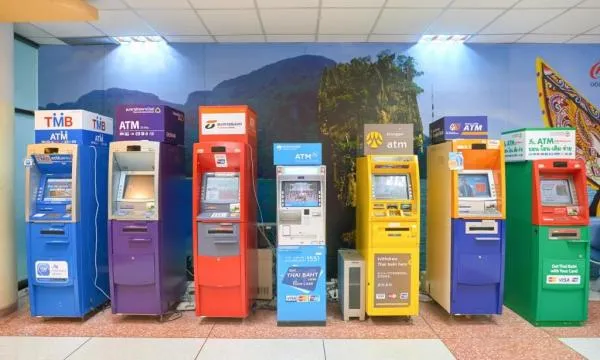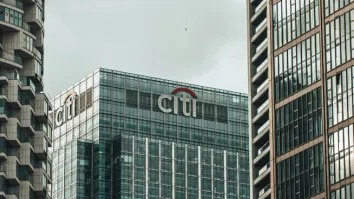
Two reasons why rising NPLs will continue to haunt Thai banks in 2H17
The weak SME economy is partly to blame.
SME loans account for 33% of all Thai commercial bank loans. Thus, the deterioration in asset quality in this sector is pushing the overall NPL number higher.
Maybank Kim Eng believes NPL in this segment may continue to rise in 2H17 for 2 reasons:
First, we expect weakness in the SME economy to continue. We noted last year that the improvement in the macro economy (eg. accelerating GDP growth) should bring down the NPL number, but it has not. This suggests that the economic recovery is uneven and we believe that only the large corporates are driving the economic growth, while smaller corporates (or even households) remain weak.
The faster expansion in SET’s EBIT against nominal GDP/wage supports our view. This was especially true in 2016 when economic growth began to accelerate. We also note that strengthening THB is negative for SMEs too as many SMEs are related to the external sector (29% of Thailand’s exports was from SME sector last year).
Second, re-entry NPL may push overall NPL higher too. Even though new NPL formation slowed as we expected, re-entry NPL (loans that used to be classified as NPL before) accelerated, pushing the NPL number higher. We do not have the data for 2Q17 yet but many banks said that the rise in NPLs for this period was due to this category. Again, the acceleration was attributable to SMEs. Some were restructured by banks but still struggle and returned to NPL again.
The increase in re-entry is quite worrisome as it suggests that this group of borrowers is still vulnerable to shocks. These borrowers used to be NPL before and while they have returned to normal, their balance sheets may not have fully recovered yet. Thus, small shocks could still turn them into NPLs again. This leads us to believe disruptions like floods or new migrant laws could lead to a rise in NPLs in the period ahead.
We also note that to mitigate a rise in NPLs, many banks restructured many trouble loans in the past couple of years. Majority of the restructured loans are still classified as normal loans (not NPL). The rise in re-entry could suggest that those restructured loans are still vulnerable and could turn into NPLs in the period ahead. While we do not have data on this, managements of many banks we met also share this view.


















 Advertise
Advertise








